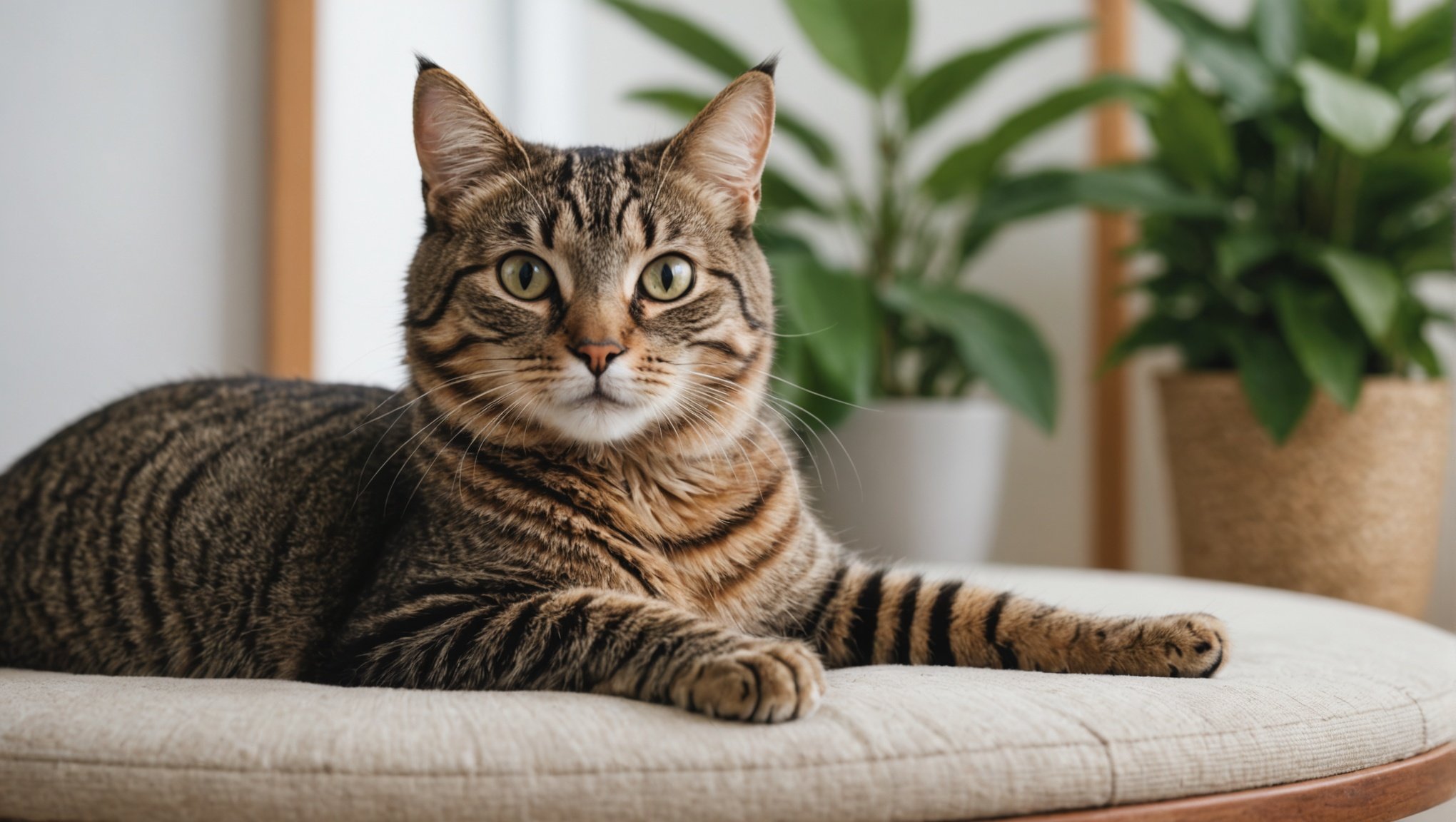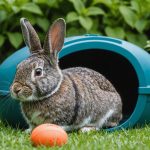Understanding Hyperesthesia in Cats
Feline hyperesthesia is a perplexing condition characterised by intense and bizarre behaviours in affected cats. Common hyperesthesia symptoms can include skin rippling, sudden bouts of excessive grooming, or an urgent need to chase their own tail. Recognising these signs is crucial in providing appropriate care for your pet.
Beyond these visible symptoms, hyperesthesia can contribute to feline anxiety. Cats with this condition may display heightened sensitivity to touch, loud noises, or sudden movements. Such reactions are often due to the psychological implications of this disorder, which can exacerbate existing stressors, leading to more pronounced behavioural issues. This hyperactivity is not only physically exhausting for the cat but can also be emotionally draining for the owner.
Additional reading : Top Strategies for Successfully Socializing Your Reserved Dachshund Puppy
Creating a calming environment is critical in managing hyperesthesia. Simple calming techniques can drastically improve the quality of life for your cat. Strategies such as providing a quiet space, engaging in play to redirect anxiety, or incorporating pheromone diffusers can be beneficial. Ensuring an enriching yet tranquil environment can help mitigate symptoms and support your feline companion’s overall well-being. Recognising and addressing the psychological and environmental needs of cats with hyperesthesia plays a vital role in their care and happiness.
Designing a Comfortable Space
Creating a calming environment for your furry companions involves several thoughtful considerations. Interior design for pets should prioritize tranquility to ensure your cat feels secure. Start with elements that promote a sense of calm.
In parallel : Designing the perfect outdoor haven for your dwarf rabbits: an ultimate guide to safety and comfort
Natural light is pivotal. Position cat retreats near windows where sunlight floods in, but also consider the presence of quiet corners. Cats often seek solace in secluded spots where noise and activity are minimal.
Incorporating comfortable resting spots is crucial. Cozy cushions or soft beds can be ideal nesting places. Cats love to snuggle into environments that mimic the coziness of their mother’s fur in those early days. Additionally, providing a range of hiding places—such as paper bags, cardboard boxes, or cat condos—is essential. These spots can serve as safe retreats for cats whenever they feel the need to withdraw from external stressors.
Consider multi-level spaces as well, since cats appreciate vertical exploration. Shelves or cat trees can offer elevated positions that give cats an overview of their territory, reinforcing their comfort in the environment. By combining these cat retreat ideas with natural elements and secluded spaces, you’ll establish a sanctuary where your feline friends feel at ease and embraced by their surroundings.
Environmental Elements for Tranquility
Creating a soothing environment for cats involves harnessing various sensory elements, including sound management, appropriate textures, and suitable aromas.
Sound Management
Reducing noise is crucial for a cat’s peace. Soundproofing can be achieved by using heavy curtains or carpets that absorb sound, thus minimizing disturbances. Choosing a quiet corner away from high-traffic areas for your cat’s resting place can further enhance tranquility. If you’re dealing with an especially noisy environment, consider employing white noise machines to neutralize disruptive sounds.
Sensory Considerations
Cats are tactile creatures, and the textures surrounding them heavily influence their comfort. Incorporate soft textures like plush carpets or cozy blankets to create a calming atmosphere. Additionally, visual stimuli such as dim lighting or nature views can contribute to a more relaxed ambiance, providing soft, soothing visual patterns that engage without overwhelming.
Aromatherapy and Other Scents
Utilizing aromatherapy can be beneficial, but caution is vital. Safe essential oils like lavender or chamomile are known for their calming effects and can be used in moderation. Establishing scent-based relaxation areas with these oils aids in reducing stress and anxiety. Ensure the space is well-ventilated, and always monitor your cat’s reactions, as sensitivity varies.
Activities and Engagement
To keep your cat �s mind sharp and body active, interactive play is crucial. Engaging in playtime tailored to your cat’s preferences not only promotes physical activity but also alleviates stress. Incorporate enrichment strategies such as puzzle toys filled with treats or toys that mimic prey behavior. These activities stimulate your cat’s instinctual hunting skills, offering them mental challenges that curb boredom.
Feline relaxation techniques can be seamlessly integrated into your routine to enhance your cat’s well-being. Structured playtime is a remarkable relaxation tool. Designate specific times in the day for play sessions, ensuring consistency in your cat’s schedule. This routine helps your feline friend anticipate positive interactions, reducing anxiety associated with unpredictable changes.
Routine plays a pivotal role in maintaining feline calmness. Cats thrive on predictability; thus, adhering to a daily schedule can significantly impact their mood and behavior. Introduce calming toys into this routine – items like soft balls or interactive laser pointers can be great choices to gently engage your cat’s senses.
- Calming toys: Softballs
- Games: Interactive puzzles
- Relaxation tools: Structured routine
By combining these elements, you’re providing your cat with a balanced mix of physical exercise, mental stimulation, and comfort.
Recommended Products for a Calm Retreat
Creating a tranquil environment for your feline friend can greatly alleviate anxiety. When selecting cat calming products, it’s crucial to choose options that are both effective and pet-safe.
Calming Beds and Shelters
Calming beds designed for anxious cats often incorporate soft, encircling materials that mimic a mother’s embrace. These beds provide comfort and security, fostering a serene atmosphere. Consider building a DIY shelter, using blankets and cardboard boxes, to create a bespoke retreat that caters to your cat’s unique preferences.
Calming Toys and Interactive Items
Calming toys are specifically designed to reduce anxiety through engagement and distraction. Look for toys that incorporate soothing textures or materials. Puzzle feeders provide dual benefits: they simulate hunting behaviors and keep your cat’s mind occupied, effectively reducing stress and anxiety levels during mealtime.
Incorporating Natural Elements
Enhance your cat’s relaxation zone by incorporating natural elements. Cat-safe plants like catnip or chamomile can be both stimulating and calming, fostering a more tranquil atmosphere. Additionally, using natural materials, such as wood or stone, can create a balanced environment. These nature-inspired items can subtly transform a space into a peaceful haven, promoting well-being for both you and your pet.
Case Studies and Examples
Designing a perfect cat retreat requires creativity and understanding of what our feline friends need. Let’s explore some successful cat retreats that serve as wonderful sources of design inspiration.
One example comes from a cat café in Tokyo, where the owners integrated various elevated walkways and hidden nooks. These elements appealed to cats’ instinctual love for climbing and exploring. Such real-life examples showcase the effectiveness of providing vertical space in a cat retreat.
In a domestic setting, a family in New York transformed their loft into a calming space for their two cats. By using soft pastel shades and incorporating multi-level platforms, they created an environment that minimized stress and encouraged playful interactions.
Testimonials reveal that these thoughtful environments are more than just visually pleasing. Cat owners have expressed how their pets seem happier and more relaxed. One owner shared how their shy rescue cat gained confidence after integrating specific retreat elements.
These examples and experiences shed light on the importance of innovative design in cat retreats. By drawing on these ideas, one can create a space that caters to a cat’s unique needs, ensuring a successful and harmonious cohabitation.











